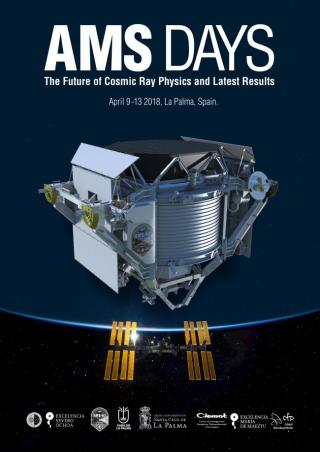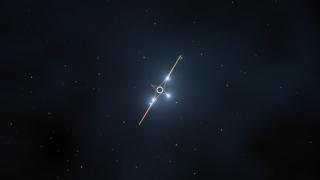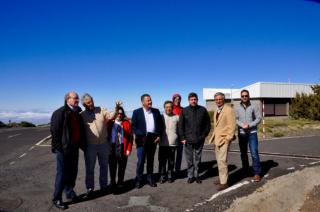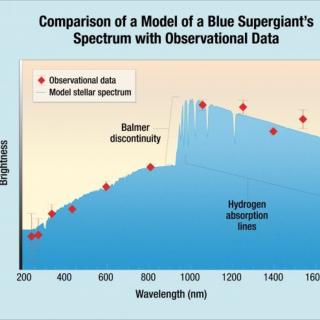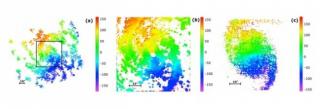
Researchers at the Instituto de Astrofísica de Canarias produce a new method to make a precise analysis of the speed of the density waves which propagate in spiral galxies
Advertised on
This section includes scientific and technological news from the IAC and its Observatories, as well as press releases on scientific and technological results, astronomical events, educational projects, outreach activities and institutional events.

